
Investigation Inside PCV / Development of a Device to Investigate inside PCV of Fukushima Daiichi NPS Unit 2 [Development by Toshiba Energy Systems & Solutions Corporation] (December 22, 2017)
Dec.22,2017
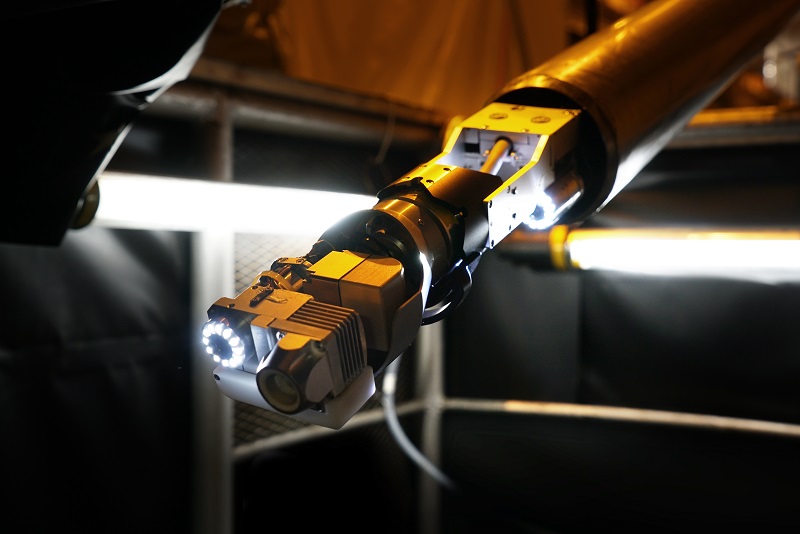
As part of decommissioning activities for the Fukushima Daiichi Nuclear Power Station (NPS), operated by Tokyo Electric Power Co. (TEPCO), an investigation device was developed to survey the internal conditions of the pedestal in the primary containment vessel (PCV) of Fukushima Daiichi NPS Unit 2. The investigation device was released to the media on December 22, 2017.
Full-scale Test for Repair Technology for Leakage Points inside the Primary Containment Vessel: Reinforcement of Suppression Chamber Support Columns [IRID / Hitachi GE Nuclear Energy] (July 31, 2017)
Jul.31,2017
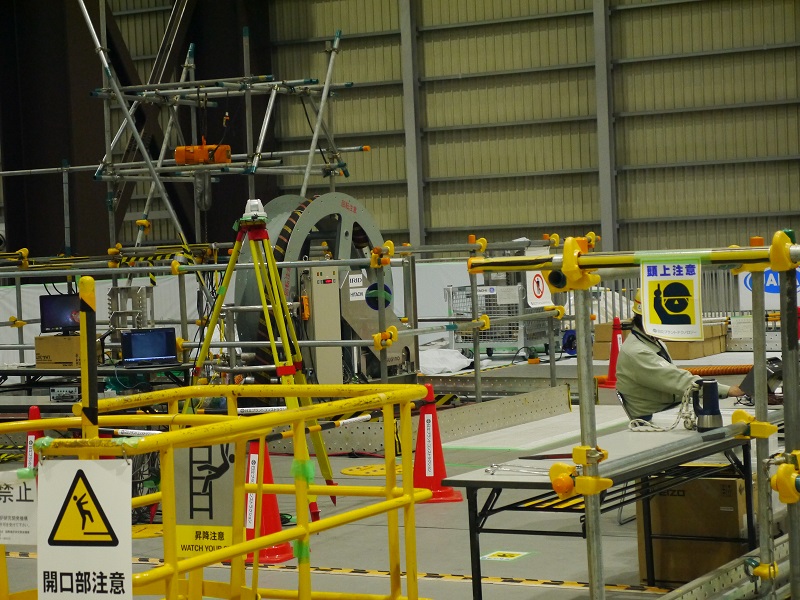
IRID is engaged in the ongoing development of technology for repairing leakage points in the Primary Containment Vessel (PCV) under a project sponsored by the Ministry of Economy, Trade and Industry (METI) between FY2016 and 2017 for the decommissioning of the Fukushima Daiichi Nuclear Power Station (NPS). As part of this project, IRID conducted testing of technology for the reinforcement of suppression chamber (S/C) by injecting mortar.
Full-scale testing of PCV Leakage Point Repairing Technology : Full-scale testing of Water Stoppage Technology by Filling in Suppression Chamber (S/C) [IRID / TOSHIBA] (June 24, 2017)
Jun.24,2017
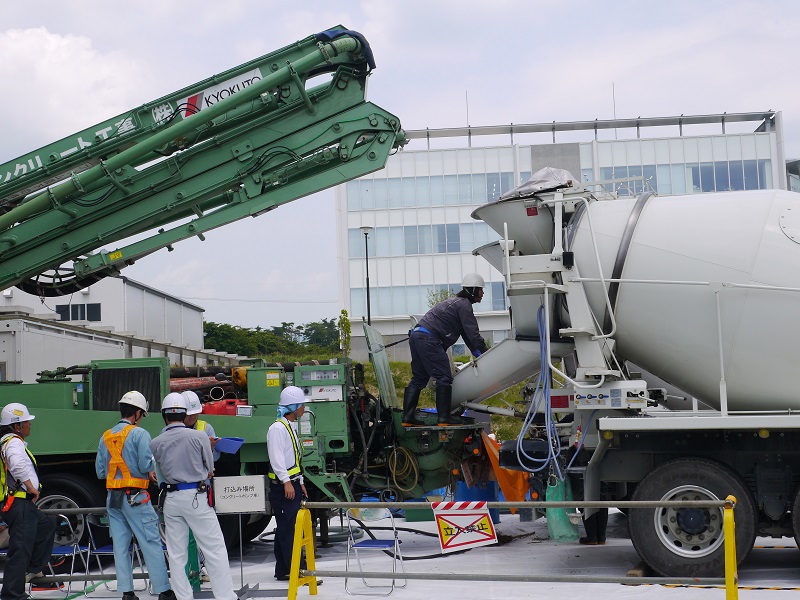
IRID is engaged in the ongoing development of technology for repairing leakage points in Primary Containment Vessels (PCVs), under a project sponsored by the Ministry of Economy, Trade and Industry (METI) for the FY 2016–2017 period, aimed at the decommissioning of the Fukushima Daiichi Nuclear Power Station (NPS). As part of this project, IRID conducted tests to stop water leakage in the suppression chamber (S/C) by injecting concrete.
Development of technology for criticality control in fuel debris retrieval: Development of “critical approach monitoring method” using Kyoto University Critical Assembly (KUCA) (June 21, 2017)
Jun.21,2017
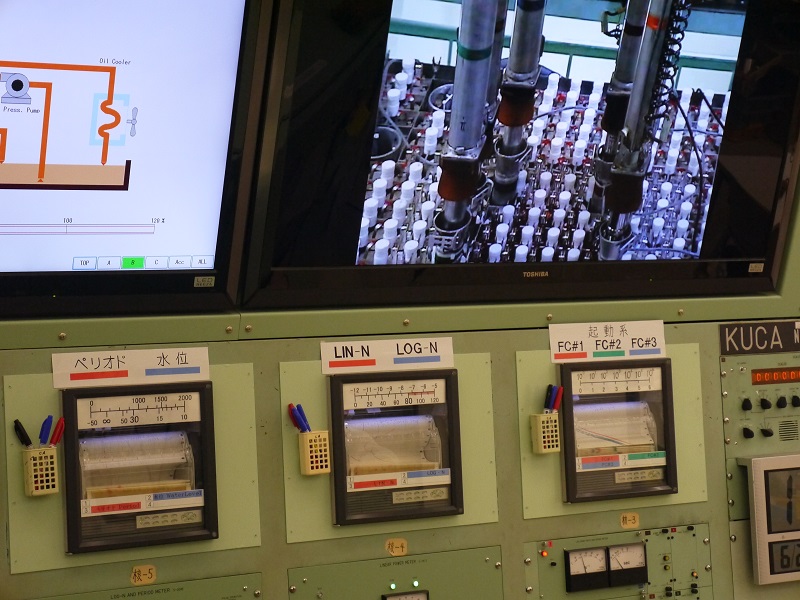
It is confirmed through the monitoring system that fuel debris is not currently in a critical state. Since the shape of fuel debris and water level may change during fuel debris retrieval in the future, the possibility of criticality configuration is considered to be very small. However, we are promoting development of sub-criticality monitoring technology and criticality prevention technology to ensure prevention of criticality, and also safely terminate criticality, even if it occurs.
Investigation inside Primary Containment Vessel (PCV): Development of Submersible Crawling Robot to Survey inside PCV of Fukushima Daiichi Unit 3 [Development by TOSHIBA] (June 15, 2017)
Jun.15,2017
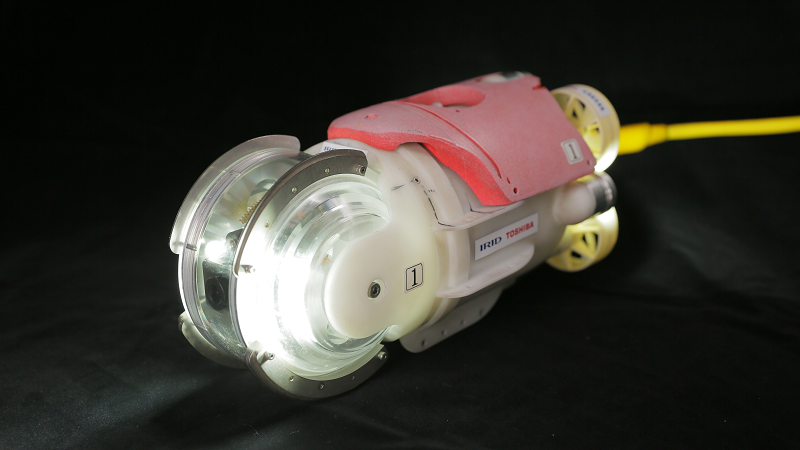
As part of the decommissioning activities for the Fukushima Daiichi Nuclear Power Station, operated by Tokyo Electric Power Co., (TEPCO), a small submersible crawling robot was developed to investigate the internal surroundings of the pedestal, under the Reactor Pressure Vessel (RPV), in the PCV of Unit 3, where coolant water had accumulated. The robot was released to the media on June 15, 2017.
Study on Fuel Debris Retrieval Method: “Reactor Pressure Vessel 1/1 Scale Model Test”, etc. [Development by Hitachi GE Nuclear Energy] (April 2017)
Apr.17,2017
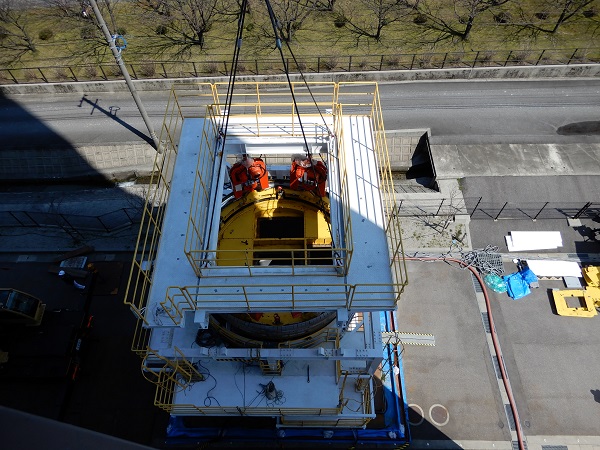
As part of its R&D efforts for the decommissioning of the Fukushima Daiichi Nuclear Power Station (NPS), the IRID (development by Hitachi GE Nuclear Energy) is involved in developing fundamental technologies for the retrieval and removal of fuel debris and internal reactor structures, and subsidizing costs for the Decommissioning and Contaminated Water Management Project.
Development of “Flexible Structure Arm (Muscular Robot)” and Remote Operation Technology for Fuel Debris Retrieval [Developed by HITACHI GE Nuclear Energy] (March 2017)
Mar.22,2017
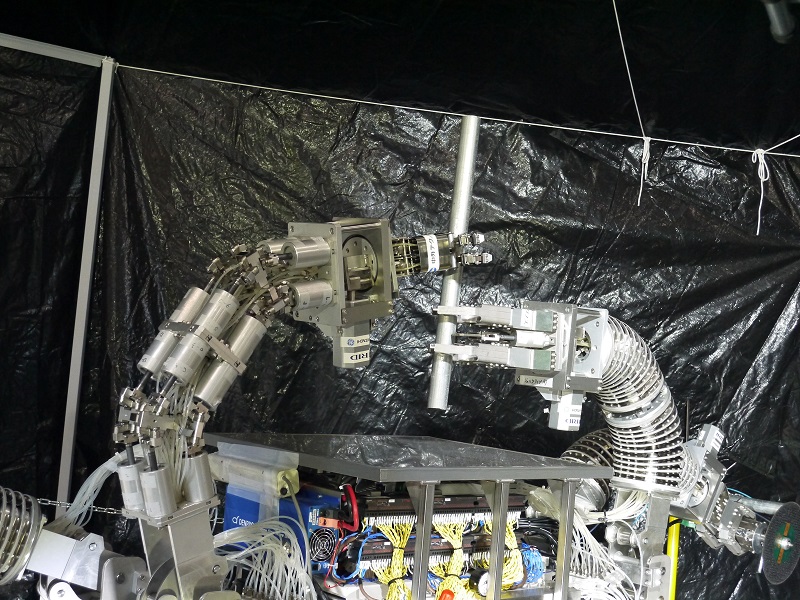
As part of its R&D efforts for decommissioning of Fukushima Daiichi Nuclear Power Station (NPS), IRID is involved in the Project for Fundamental Technologies for Retrieval of Fuel Debris and Internal Structures; the Subsidy Project of Decommissioning and Contaminated Water Management.
Development of “Robot Arm / Access Rail”; Testing of device for access inside the pedestal [Developed by Mitsubishi Heavy Industries (MHI)] (March, 2017)
Mar.21,2017
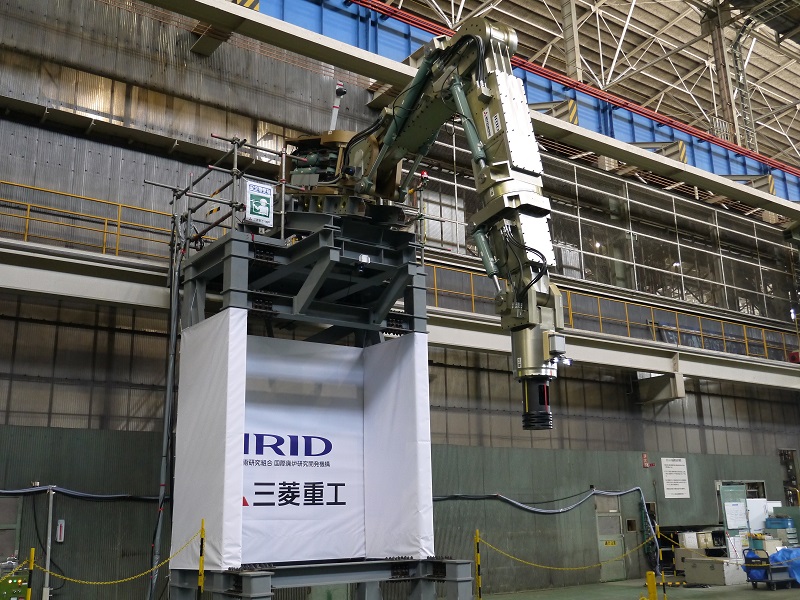
As part of its R&D efforts for decommissioning of Fukushima Daiichi Nuclear Power Station (NPS), IRID is involved in the Project for Development of Fundamental Technologies for Retrieval of Fuel Debris and Internal Structures; the Subsidy Project of Decommissioning and Contaminated Water Management,.
Development of Robot “PMORPH” for Investigation inside Unit 1 Primary Containment Vessel (PCV) (Investigation outside Pedestal Basement: B2 Investigation) [Developed by IRID and Hitachi GE Nuclear Energy] (February 3, 2017)
Feb.03,2017

The “PMORPH”, developed by IRID and Hitachi-GE Nuclear Energy, was presented to the media on February 3. The device, equipped with a dosimeter and underwater camera, will be used to investigate outside the Unit 1 pedestal basement in the PCV, in which fuel debris may have spread to, towards decommissioning TEPCO’s Fukushima Daiichi Nuclear Power Station (NPS).







